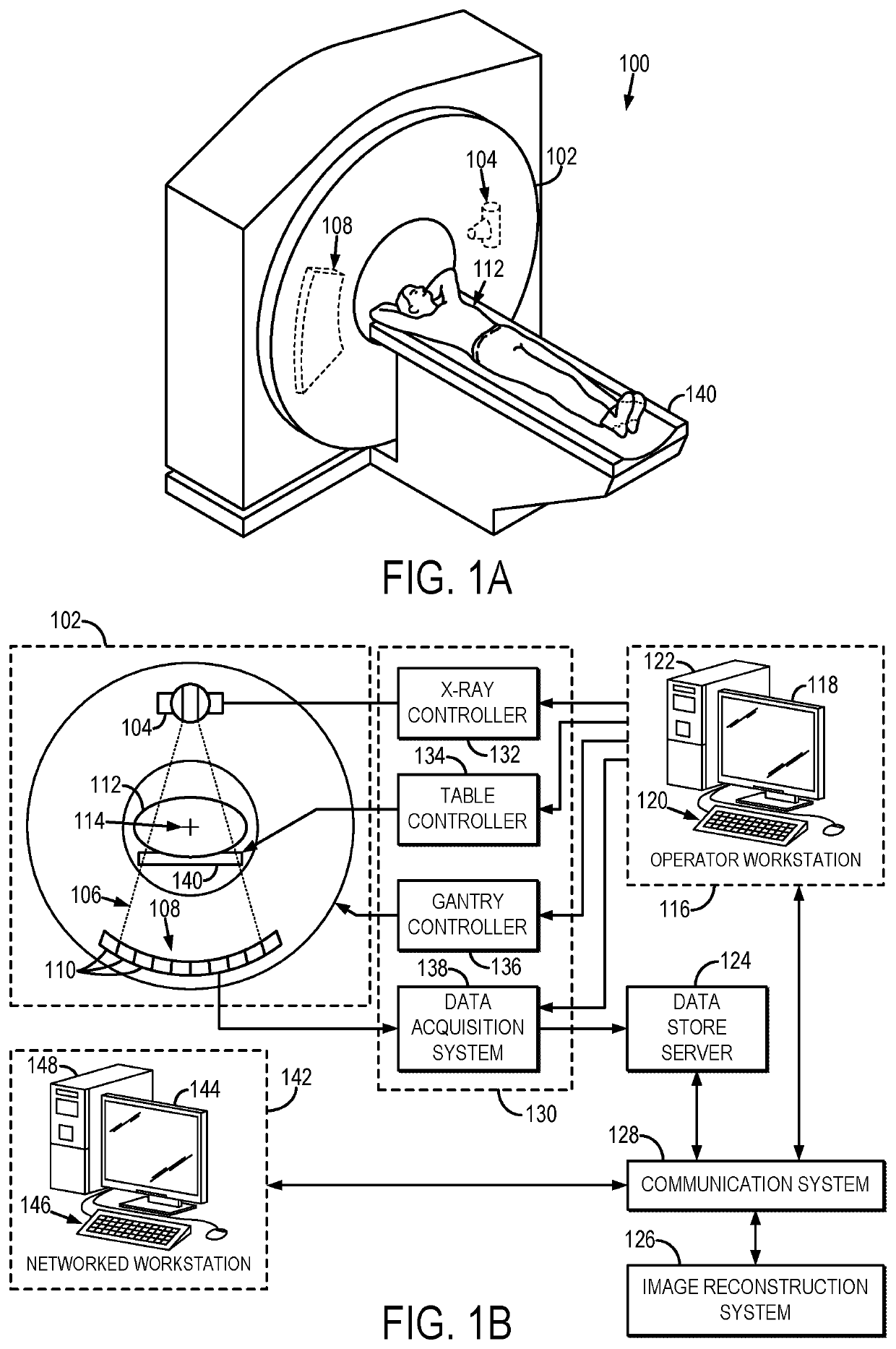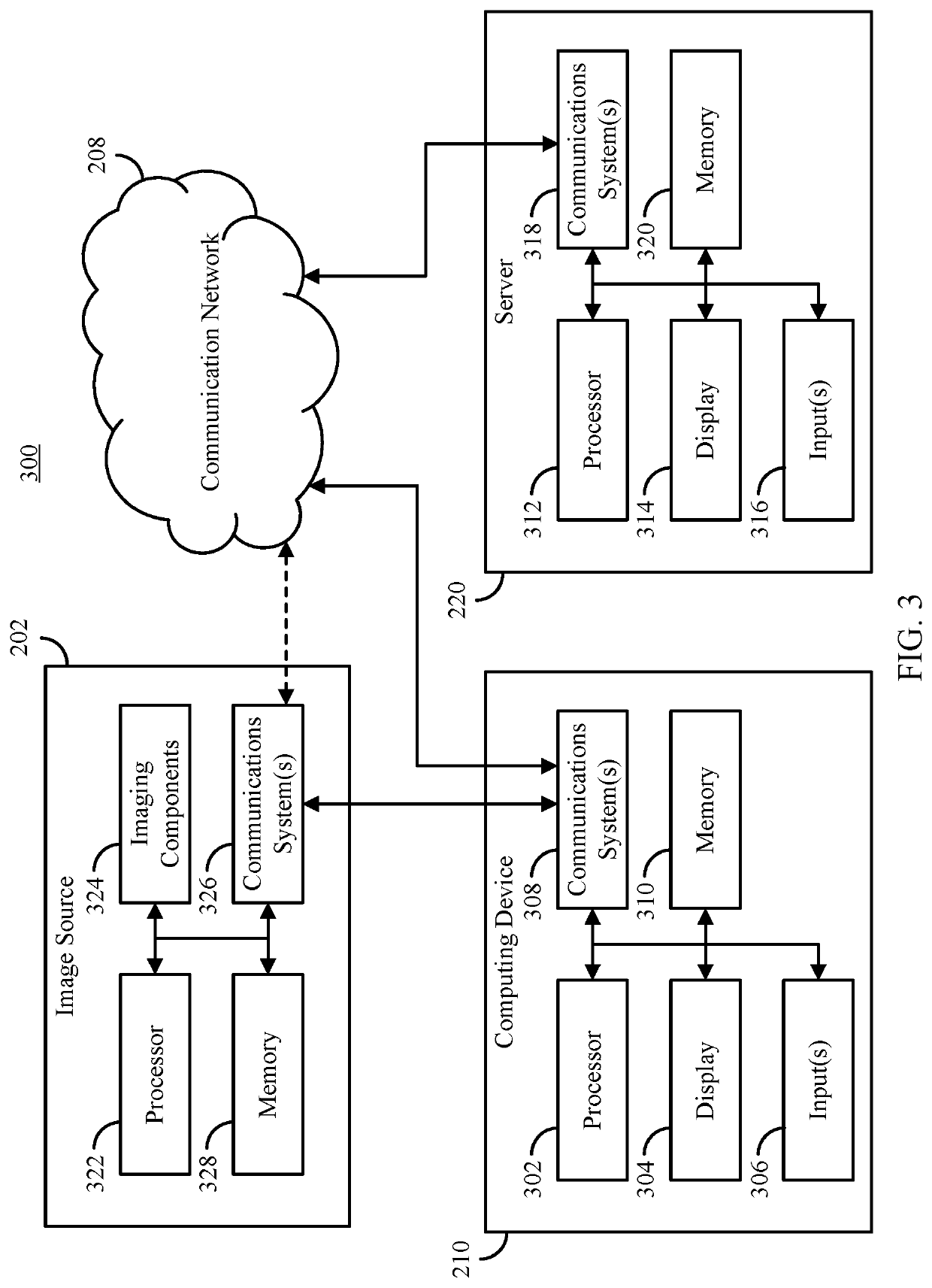Systems and methods for brain hemorrhage classification in medical images using an artificial intelligence network
an artificial intelligence network and brain hemorrhage technology, applied in image enhancement, tomography, instruments, etc., can solve the problems of insufficient accuracy to warrant being relied upon, deep learning routines may not be sensitive enough to distinguish between regions in images, and learning networks cannot process images at a speed that meets clinical needs
- Summary
- Abstract
- Description
- Claims
- Application Information
AI Technical Summary
Benefits of technology
Problems solved by technology
Method used
Image
Examples
Embodiment Construction
[0017]Systems and methods for rapid, accurate, fully-automated brain hemorrhage deep learning (DL) based assessment tools are provided. These systems and methods can be used, as an example, to assist clinicians in the detection and characterization of hemorrhages. Hemorrhages may include intracranial hemorrhage (ICH), subarachnoid hemorrhage (SAH), intra-parenchymal hemorrhage (IPH), epidural / subdural hematoma (SDH), and the like.
[0018]Referring particularly now to FIGS. 1A and 1B, an example of an x-ray computed tomography (“CT”) imaging system 100 is illustrated for use with some configurations of the disclosure. The CT system includes a gantry 102, to which at least one x-ray source 104 is coupled. The x-ray source 104 projects an x-ray beam 106, which may be a fan-beam or cone-beam of x-rays, towards a detector array 108 on the opposite side of the gantry 102. The detector array 108 includes a number of x-ray detector elements 110. Together, the x-ray detector elements 110 sense...
PUM
 Login to View More
Login to View More Abstract
Description
Claims
Application Information
 Login to View More
Login to View More - R&D
- Intellectual Property
- Life Sciences
- Materials
- Tech Scout
- Unparalleled Data Quality
- Higher Quality Content
- 60% Fewer Hallucinations
Browse by: Latest US Patents, China's latest patents, Technical Efficacy Thesaurus, Application Domain, Technology Topic, Popular Technical Reports.
© 2025 PatSnap. All rights reserved.Legal|Privacy policy|Modern Slavery Act Transparency Statement|Sitemap|About US| Contact US: help@patsnap.com



